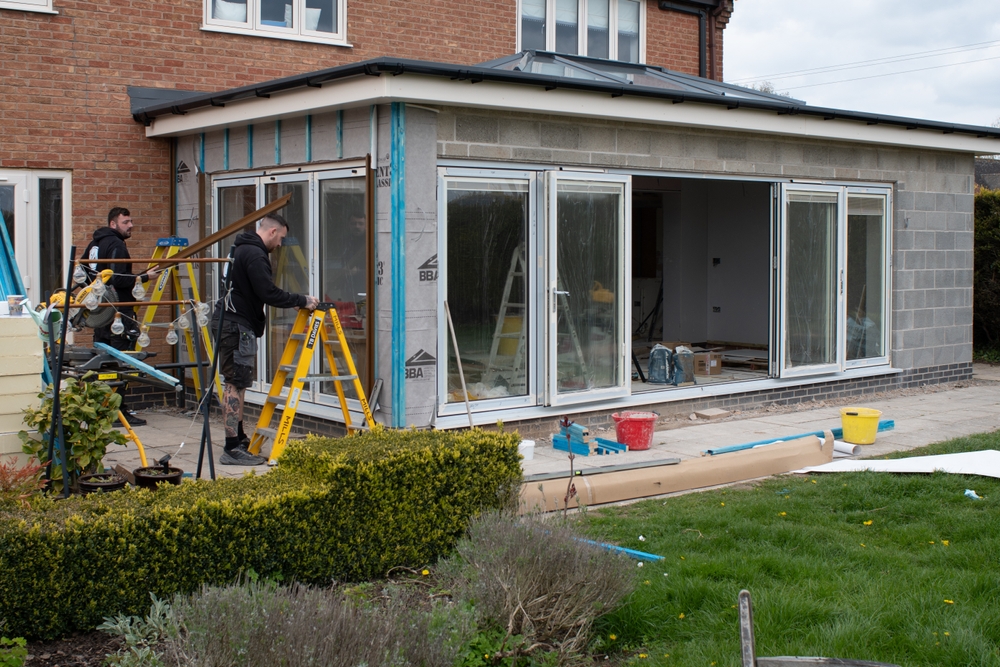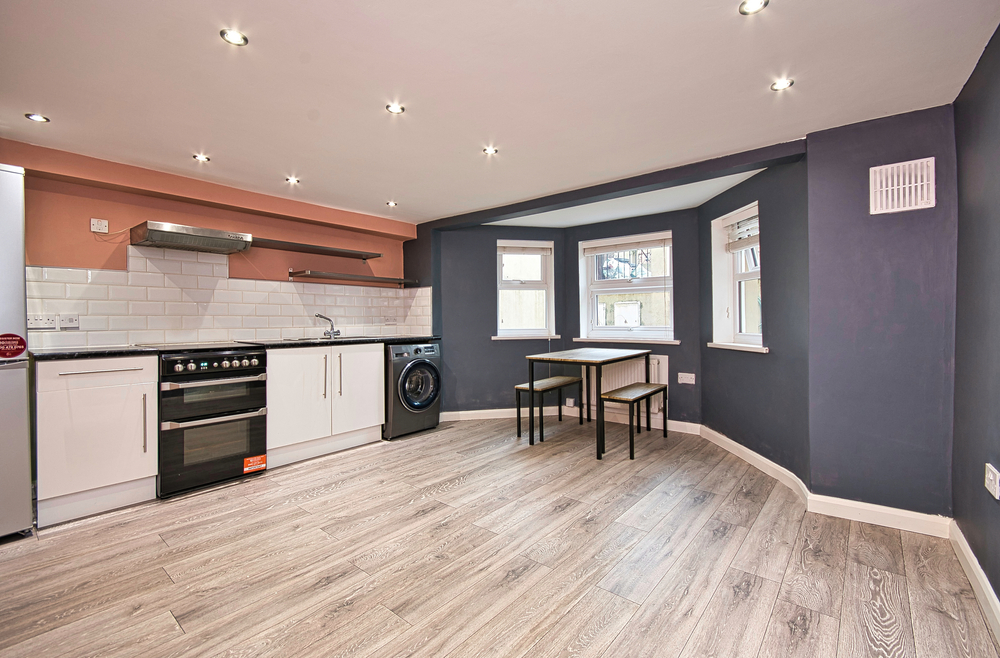Transform Your Property with Permitted Development
Introduction
Are you a property investor, landlord, or homeowner looking to increase your property’s value without getting caught up in a painful and expensive planning system? Permitted development rights may one way to do this. These rights allow you to make certain improvements and changes to your property without the need for full planning permission.
In this blog post, we’ll explore the various ways you can add value to your property through permitted development. We’ll cover key areas such as extensions, HMO conversions, basement conversions, commercial to residential conversions, and loft conversions. By the end, you’ll have a comprehensive understanding of how to maximize your property’s potential legally and efficiently.
–
What Are Permitted Development Rights?
Permitted development rights are regulations that allow certain building works and changes to be carried out without needing a planning application. These rights aim to simplify the process of property enhancement, offering a faster and less bureaucratic route to making valuable improvements.
Benefits of Permitted Development
One of the main advantages of utilizing permitted development rights is the time and cost savings. Since you do not need full planning permission, the process becomes quicker and cheaper, allowing you to start your project sooner. Additionally, these rights can significantly increase the value of your property, making it a more attractive investment.
–
Legal Considerations
While permitted development rights offer a streamlined approach, it’s crucial to understand the regulations and limitations that apply. Always consult local guidelines and possibly seek legal advice to ensure your project complies with all necessary requirements. Although many projects can proceed without a formal planning application, you may still need to submit a Building Notice or a Full Plans Application, depending on the scope of your work.
A Building Notice is a simpler option that allows you to start building work without detailed plans. It is particularly useful for smaller projects, as it requires less documentation. However, you must notify your local authority before commencing work, and they will inspect the construction at various stages to ensure compliance with building regulations.
On the other hand, a Full Plans Application involves submitting comprehensive plans and specifications detailing the proposed work. This route provides greater certainty, as the local authority assesses your plans before work begins, offering feedback and approval to ensure that the project meets all regulatory standards. While this process may take longer, it can be beneficial for more complex projects.
Failure to comply with regulations can result in fines, delays, and even the reversal of any changes made.
—
Extensions
Single-Story Extensions
Adding a single-story extension to your property is one of the simplest ways to increase its value. Under permitted development rights, you can extend your property by up to six meters for an attached house and eight meters for a detached house without needing full planning permission.
Rear and Side Extensions
Rear and side extensions are popular choices as they provide additional living space without drastically altering the property’s appearance. Ensure that your extension does not exceed a certain height or encroach too closely on neighboring properties to remain within permitted development guidelines.
—
HMO Conversion
What is an HMO?
A House in Multiple Occupation (HMO) is a property rented out by at least three people who are not from the same household but share facilities like the kitchen and bathroom. Converting a property into an HMO can significantly boost rental income.
Permitted Development for HMO Conversions
Converting a single-family home into a House in Multiple Occupation (HMO) typically falls under permitted development rights, especially when no significant structural changes are made or if the conversion results in six beds or fewer. However, this does not apply if your property is located within an Article 4 direction. This option can be appealing for landlords seeking to maximize rental income from their investment properties.
—
Basement Conversion
The Value of Basement Space
If you have an unused basement, converting it can greatly enhance both the value and functionality of your property. Basements can be transformed into extra living spaces, home offices, or even rental units. Recently, basement conversions have gained popularity among HMO landlords seeking to offer market-leading amenities, such as cinema rooms.
Permitted Development Guidelines
Most basement conversions qualify as permitted development, particularly if you aren’t making substantial structural changes, such as altering the exterior. However, it’s important to consider factors like drainage and ceiling height to ensure the space is livable. Hiring an experienced contractor with a proven track record in delivering successful basement conversion projects is crucial, given the associated costs and the potential for issues like dampness or non-compliance with regulations.
Cost vs. Benefit
While basement conversions can be costly, the return on investment is often worth it. The additional square footage can significantly increase your property’s market value and appeal to potential buyers or renters.
—
Commercial to Residential Conversion
Changing Uses
Transforming commercial spaces into residential units presents a highly effective strategy to elevate property value, particularly in urban environments where commercial properties often remain underutilized or vacant. Buildings like bakeries, offices, and mixed-use spaces are prime candidates for such conversion. The nature of the residential units you plan to create will determine various requirements; for example, flats demand different space and amenity specifications compared to HMOs or single-family homes. To better navigate the specific regulations governing these transitions, we recommend visiting your local authority’s website or consulting with a qualified architect or planning consultant.
Permitted Development Flexibility
Permitted development rights now include more flexibility for changing the use of buildings from commercial to residential. This can be a cost-effective way to repurposed unused spaces for profitable residential use.
—
Conclusion
Permitted development offers property investors, landlords, and homeowners a fantastic opportunity to add value to their properties with minimal hassle. Whether you’re considering extensions, HMO conversions, basement conversions, commercial or Commercial to residential conversions there are numerous ways to enhance your property within legal regulations.
Take the first step today and explore how you can leverage permitted development rights to transform your property. For more personalized advice and expert guidance, consider booking a consultation with a planning expert. Unlock your property’s potential and enjoy the financial and functional benefits that come with smart property development.





 Forth Action Invest on July 25, 2024
Forth Action Invest on July 25, 2024

